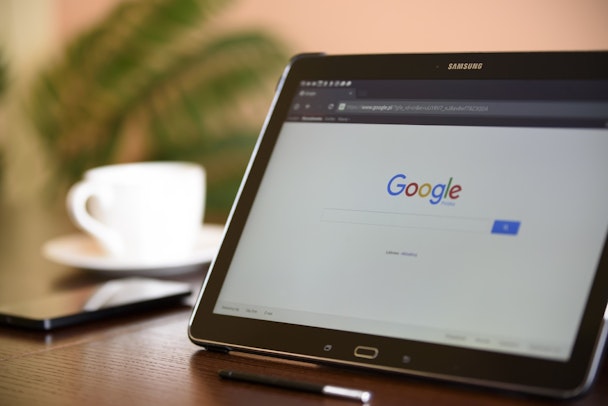The ‘Queen of the Internet’ - Mary Meeker on digital ad spend, high customer acquisition costs and more
The renowned “Queen of the Internet” Mary Meeker has released her 330-plus page industry report for all her data-loving subjects to enjoy.

Google is still dominating ad spend, but challengers are experiencing faster growth
Meeker, founder of Bond Capital and former Kleiner Perkins general partner, share her annual Internet Trends Report on Tuesday at Vox/Recode’s Code Conference.
The Drum has pulled together key advertising and marketing trends from the report. (The full report can be found here.)
Slowly emerging duopoly challengers
Internet ad spending accelerated by 22% in 2018, but internet ad revenue coming through leading platforms is decelerating.
Revenue coming through online platforms Google, Facebook, Twitter, Amazon, Snapchat and Pinterest slowed by about 9% in 2018 compared to the year prior.

Google and Facebook still lead, but challenger platforms are quickly rising, “though from a small base,” Meeker said. Amazon recently bought Sizmek’s ad server, though that may be in jeopardy.
When it comes to ad buying, programmatic continues to outpace direct in digital display. Currently 62% of digital display ads are bought programmatically.
The high cost of customer acquisition
Bringing in programmatic capabilities is one way for brands to own direct relationships with consumers and drive down customer acquisition costs (CAC).
However, Meeker’s report shows that CAC is climbing at an unsustainable level, as it’s outpacing customer lifetime value.
Meeker said the most efficient marketing tactics to reel in new customers are recommendations, either human- or AI-dirven, and freemium offerings, such as free trial or free tier services to convert users to paid customers.
Digital media use climbing
Americans are now spending 6.3 hours a day with digital media, and that number is only accelerating. Mobile accounts for over half of this usage, at 3.6 hours.
As of 2019, Americans are now also spending more total time on mobile devices compared to televisions. Advertisers seem to have caught up to this trend, as mobile ad spend and time spent have reached equilibrium in 2018.

Meeker said that YouTube and Instagram are driving the mobile push, though they’re not without problems.
According to the report, a Pew Research study of US teens found that 42% experience offensive name calling, 32% experienced spreading of false rumors and 16% experienced physical threats.
However, social media use is decelerating, having climbed only 1% last year, compared to a 6% uptick in 2017.
Engagement on these platforms is changing, too, as image and video creation and sharing is ramping up. For example, more than half of impressions on Twitter come from rich media.
Consumers are still willing to give retailers their information
E-commerce now accounts for 15% of all retail sales. Even Instagram is bolstering its shoppability to combat any potential decline in social media usage.
Regular retail saw a 2% growth in Q1 of 2019, but e-commerce saw a 12.4% hike over the same time period.
Analytics and data optimization are central to driving growth, with Meeker saying that customers are still willing to share their information with retailers if they get something valuable in return.
According to a multinational Accenture survey, 91% of customers prefer brands that provide personalized offers, 83% are willing to passively share data in return for personalized experiences and 74% are willing to actively share data in exchange for personalized experiences.
To be determined
Meeker didn’t have answers on changes to ad targeting given GDPR and growing calls for consumer privacy, calling them her “Advertising TBDs”.
She did, however, highlight how OTT can change ad targeting, saying that digital-based TV ads aided by in-hand mobile devices could be the future of the TV viewing experience.
